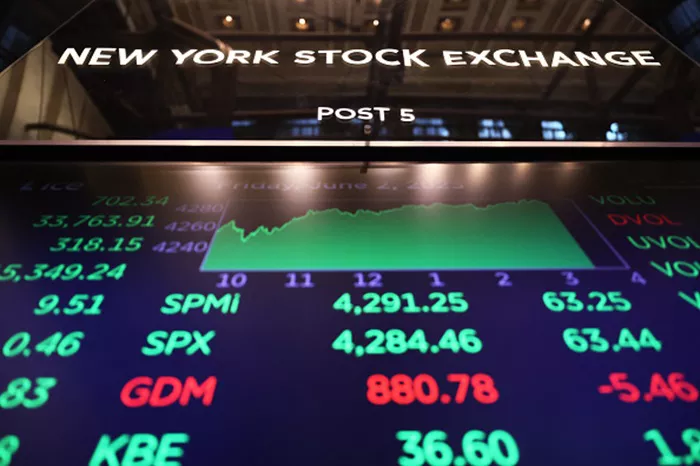Global stocks saw a firm uptick in Asia on Monday, bolstered by expectations of further interest rate cuts from central banks and key U.S. inflation figures anticipated to support more easing measures.
China’s Repo Rate Cut
China’s central bank announced a reduction in its 14-day repo rate by 10 basis points, following a period of market disappointment when longer-term rates remained unchanged. Analysts noted that this move merely aligned with a prior cut to the 7-day repo rate, but it nonetheless prompted a positive response in the markets, contributing to a 0.3% increase in stocks.
Trading Dynamics in Asia
With Japan observing a public holiday, trading activity was relatively thin. The MSCI Asia-Pacific index, excluding Japan, rose 0.3%, building on a 2.7% gain from the previous week. In Singapore, the main index reached its highest level since late 2007. Although the Tokyo Nikkei index was closed, futures indicated a jump to 38,510, up from a cash close of 37,723, following a 3.1% increase last week as the yen weakened and the Bank of Japan signaled no urgency to tighten policy.
Positive Signals in European Markets
European futures also exhibited gains, with EUROSTOXX 50 futures up 0.5%, FTSE futures rising 0.3%, and DAX futures gaining 0.4%. In the U.S., S&P 500 futures increased by 0.3%, while Nasdaq futures climbed 0.6%. The S&P 500 has shown resilience, up 1% so far in September—a month traditionally marked by weakness—while achieving a remarkable 19% increase year-to-date.
Investor Sentiment Following Federal Reserve Rate Cut
Investors are still buoyed by the Federal Reserve’s recent half-point rate cut, with futures reflecting a 50% chance of another substantial reduction in November. Barclays economist Christian Keller highlighted the significance of this move, indicating it reflects the Fed’s commitment to maintaining favorable labor market conditions while navigating economic challenges.
Upcoming Inflation Data and Global Economic Indicators
This week, all eyes will be on the core personal consumption expenditures (PCE) index, the Fed’s preferred inflation gauge, scheduled for release on Friday. Analysts expect a 0.2% month-on-month rise, which would bring the annual rate to 2.7%, while the headline index is projected to slow to 2.3%. Additional reports on global manufacturing, U.S. consumer confidence, and durable goods will also be closely watched.
Central Bank Meetings on the Horizon
The Swiss National Bank is set to meet on Thursday, with markets anticipating a quarter-point cut to 1.0%. There’s a 41% chance of a 50 basis point reduction. Meanwhile, Sweden’s central bank is expected to ease by 25 basis points on Wednesday, with a possibility of a larger cut. In contrast, the Reserve Bank of Australia is expected to hold its rate steady at 4.35% amid persistent inflation pressures.
U.S. Government Shutdown Concerns
Investors are also monitoring developments in U.S. government funding negotiations, with the current funding of $1.2 trillion set to expire on September 30. House Speaker Mike Johnson proposed a three-month stopgap funding bill that is now pending a vote.
Currency and Commodity Movements
In currency markets, the dollar rose 0.3% to 144.30 yen, recovering from a low of 139.58 last week. The euro appreciated nearly 3% against the yen to 161.09, while holding steady against the dollar at $1.1160.
Japan’s Liberal Democratic Party is set to elect a new leader on September 27, following the resignation of Prime Minister Fumio Kishida.
Gold and Oil Prices Stabilize
The combination of the U.S. rate cut and lower bond yields has helped maintain gold prices at an all-time peak of $2,630.93 per ounce, with net long positions in Comex gold futures hitting their highest level in four years, signaling potential for a near-term pullback.
Oil prices also saw further gains, supported by geopolitical tensions in the Middle East. Brent crude rose by 60 cents to $75.09 a barrel, while U.S. crude climbed 63 cents to $71.63 per barrel, reflecting optimism about lower borrowing costs fostering global economic growth and demand.
Conclusion
As global markets navigate the implications of central bank decisions and upcoming economic data, investor sentiment remains cautiously optimistic. The focus will be on inflation indicators and the response from policymakers, which could shape the economic landscape in the weeks ahead.
Related Topics:

